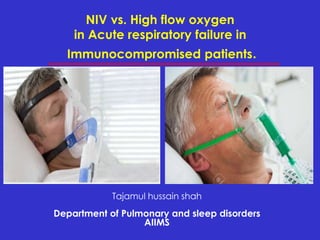heated high flow oxygen vs bipap
High flow nasal cannula HFNC supportive therapy has emerged as a safe useful therapy in patients with respiratory failure improving oxygenation and comfort. Failure defined as need for mechanical ventilation within 72 hours occurred in 108 vs 95 of infants respectively.

Equipment Used For The Nasal High Flow Oxygen Therapy System We Used A Download Scientific Diagram
The use of High Flow Nasal Oxygen HFNO remains contentious with different perspectives in how this modality can be used to treat respiratory failure in COVID-19.

. FindingsIn this randomized clinical noninferiority trial of 316 infants the use of heated humidified high-flow nasal cannula was noninferior to nCPAPBiPAP with regard to the primary outcome. A Randomized Controlled Trial to Compare Heated Humidified High-Flow Nasal Cannulae with Nasal Continuous Positive Airway Pressure Postextubation in Premature Infants Conducted with Vapotherm high velocity therapy Collins and colleagues published this prospective randomized controlled trial in May 2013 in The Journal of Pediatrics. Click to see full answer.
BiPAP can provide a greater amount of mechanical support for breathing. Currently most ICU ventilators. Ad Free Same-Day Shipping Friendly Customer Service Shop Today.
The safety and efficacy of HHHFNC have not been compared with other modes of noninvasive support in large randomized trials. HFNC is suggested to reduce the upper airway dead space and resistance 1011. The objective was to assess the efficacy and safety of HHHFNC compared.
Current thinking suggests that NIV and HFNO may be an. 95 CI -49 to 66. Heated humidified high-flow nasal cannula HHHFNC is commonly used as a noninvasive mode of respiratory support in the NICU.
Although CPAP therapy and oxygen therapy are commonly confused they are not the same thing. The treatment failed in 87 of 414 patients with high-flow nasal oxygen therapy 210 and 91 of 416 patients with BiPAP 219 absolute difference 09. A high-flow nasal cannula HFNC delivers a flow rate up to 8 Lmin in infants and 60 Lmin in adults.
BiPAP has some important advantages compared to HFNC. High-flow nasal oxygen therapy was not inferior to BiPAP. High Flow systems are those that can match or exceed the inspiratory flow rate ie 20-30 litresminute.
Oxygen therapy on the other hand is used to treat COPD and other chronic respiratory diseases. Noninvasive ventilation NIV often referred to by the trade name BiPAP can prevent intubation and save lives in patients with COPD exacerbations or. Both high-flow and low-flow oxygen delivery systems are capable of administering a wide range of FiO 2However the terms high and low do not reflect the delivered FiO 2.
38 Votes HFNC like CPAP is a high flow system and is able to generate a positive end expiratory pressure but unlike CPAP it does not have a valve 9. BiPAP in Type II Hypercapnic Respiratory Failure The safety and scientific validity of this study is the responsibility of the study sponsor and investigators. Suitability of High Flow Oxygen Devices for Acute Care.
FiO2 can be accurately set and monitored. CPAP BiPAP and APAP are used to treat obstructive sleep apnea one of the leading sleep disorders in the country. High Flow systems available today can generate flow rates anywhere between 2-120 litresminute much like ventilators.
CPAP is the method of choice with the use of BiPAP for those with complex respiratory conditions who contract COVID-19. HFNC is more comfortable and studies have shown that using HFNC may be a better alternative than using a face mask. The gas mixture containing up to 100 of oxygen is routed to a heated humidifier delivering gas conditioned at 37 C and completely saturated with water relative humidity.
Nasal Continuous Positive Airway Pressure NCPAP has been the mainstay for non-invasive respiratory support for at risk neonates. Over the past 2 decades systems to deliver heated and humidified oxygen at high flows through nasal cannulae have been developed as an alternative to standard oxygen delivery systems. No significant differences were found for intensive care unit mortality 23 patients with BiPAP 55 and 28 with high.
Listing a study does not mean it has been evaluated by. Gases are delivered to the patient via a simple interface nasal prongs or cannulae which are configured to provide high flow and limit water condensation. HFNC can be delivered from 8-60Lmin 30-60 Lmin in adults and an FIO2 of 100.
High flow oxygen by nasal cannula saved lives over noninvasive ventilation. HFNC is primarily a flow generator and it is via high flow that it achieves its main beneficial effects of more reliably delivering a targeted F io 2 than standard oxygen supplementation although in a clinical setting accurate measurement of actual F io 2 delivered to the lungs is currently not possible and reducing dead space to improve ventilatory efficiency. Low-flow systems are used in more critically stable patients.
The device consists of an airoxygen blender connected. 3 It is designed to fit into the nares comfortably without occluding the flow of gases. HFNC oxygen therapy is delivered by an airoxygen blender an active humidifier and a single heated tube that delivers high-flow oxygen via a soft silicone nasal cannula that is available in a variety of sizes.
Nasal high flow therapy NHF aka high flow nasal cannula therapy HFNC is a non-invasive mode of respiratory support involving the delivery of heated to 37 C and humidified to nearly 100 relative humidity gas oxygen andor medical air through nasal cannulae at high gas flow rates. They deliver oxygen at flow rates below the patients respiratory. High-flow Nasal cannula consists of a specific machine and tubing used to deliver a very high flow of oxygen that is heated and humidified.
Comparison of High-flow Oxygen vs. Medical health ear nose and throat conditions. Nasal high flow therapy NHF aka high flow nasal cannula therapy HFNC is a non-invasive mode of respiratory support involving the delivery of heated to 37 C and humidified to nearly 100 relative humidity gas oxygen.
Recently several clinical trials have analyzed the effectiveness of HFNC therapy in different clinical situations and have reported promising results. Randomized Controlled Trials COPD Critical Care Infectious Disease and Sepsis Mechanical Ventilation 6 Comments. In fact it refers to the flow of gas delivered to the system.
Positive pressure reduces pre-load and after-load on the heart improving heart failure this works similar to an ACE-inhibitor but easier to titrate and no nephrotoxicity. What is a high gas flow rate is still not uniformly defined. Here we review the current knowledge about HFNC therapy.
435 3309 Views.

Nasal High Flow Therapy Versus Niv In Copd Patients With Chronic Respiratory Failure Youtube

Examples Of Adult High Flow Nasal Cannulas A Salter Labs 1600hf Download Scientific Diagram

China High Flow Heated Breathing Circuit Hfnc For Oxygen Therapy China High Flow Nasal Cannula High Flow Nasal Cannula Sale
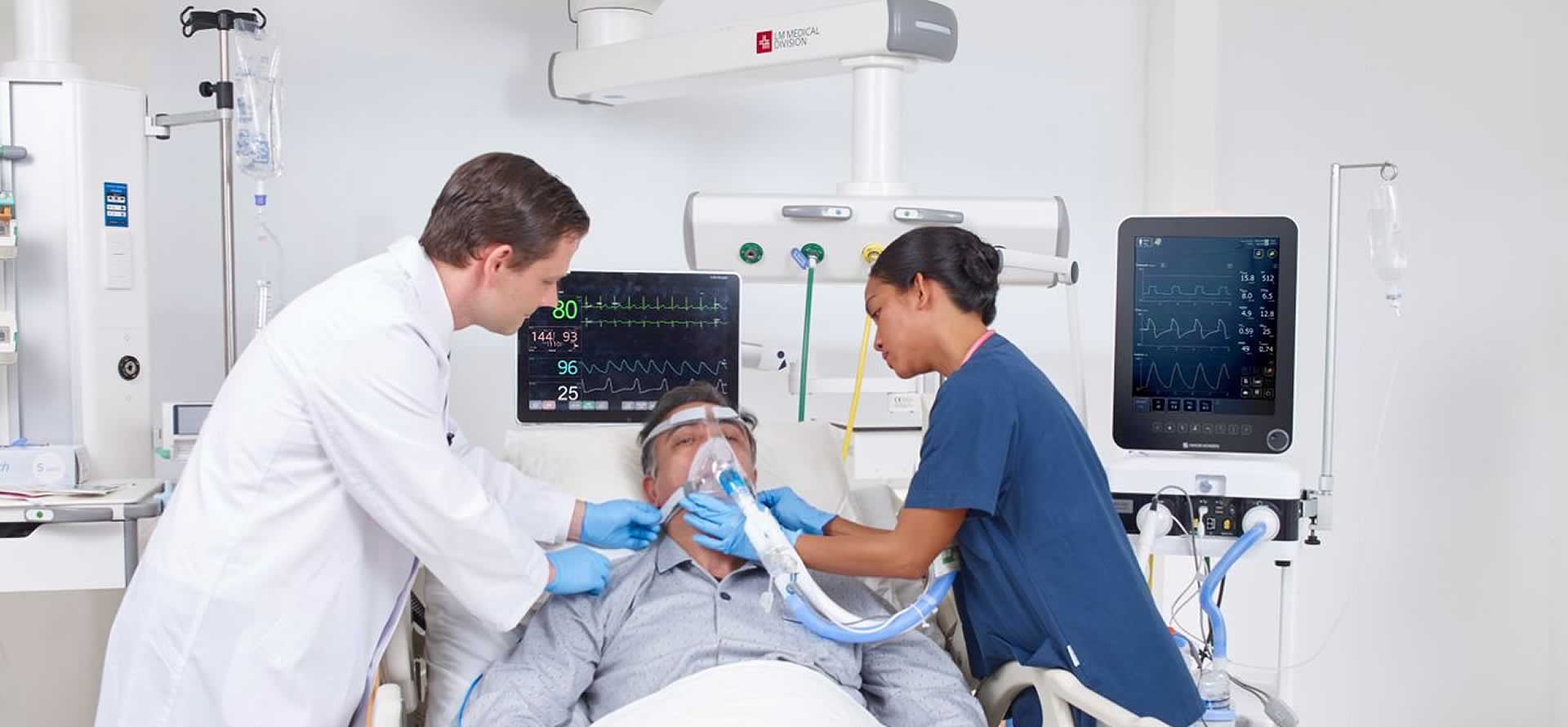
The Appropriate Application Of Hfnc Bipap And Cpap Post Extubation Nihon Kohden University

Pdf High Flow Nasal Oxygen Therapy In Intensive Care And Anaesthesia Semantic Scholar

Humidification Systems For High Flow Cannulas A High Flow Bubble Download Scientific Diagram

Noninvasive Ventilation Of Pediatric Patients In The Ed
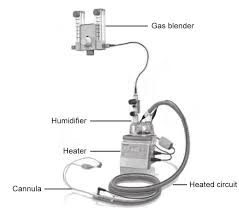
Difference Between High Flow Oxygen Therapy And Ventilator
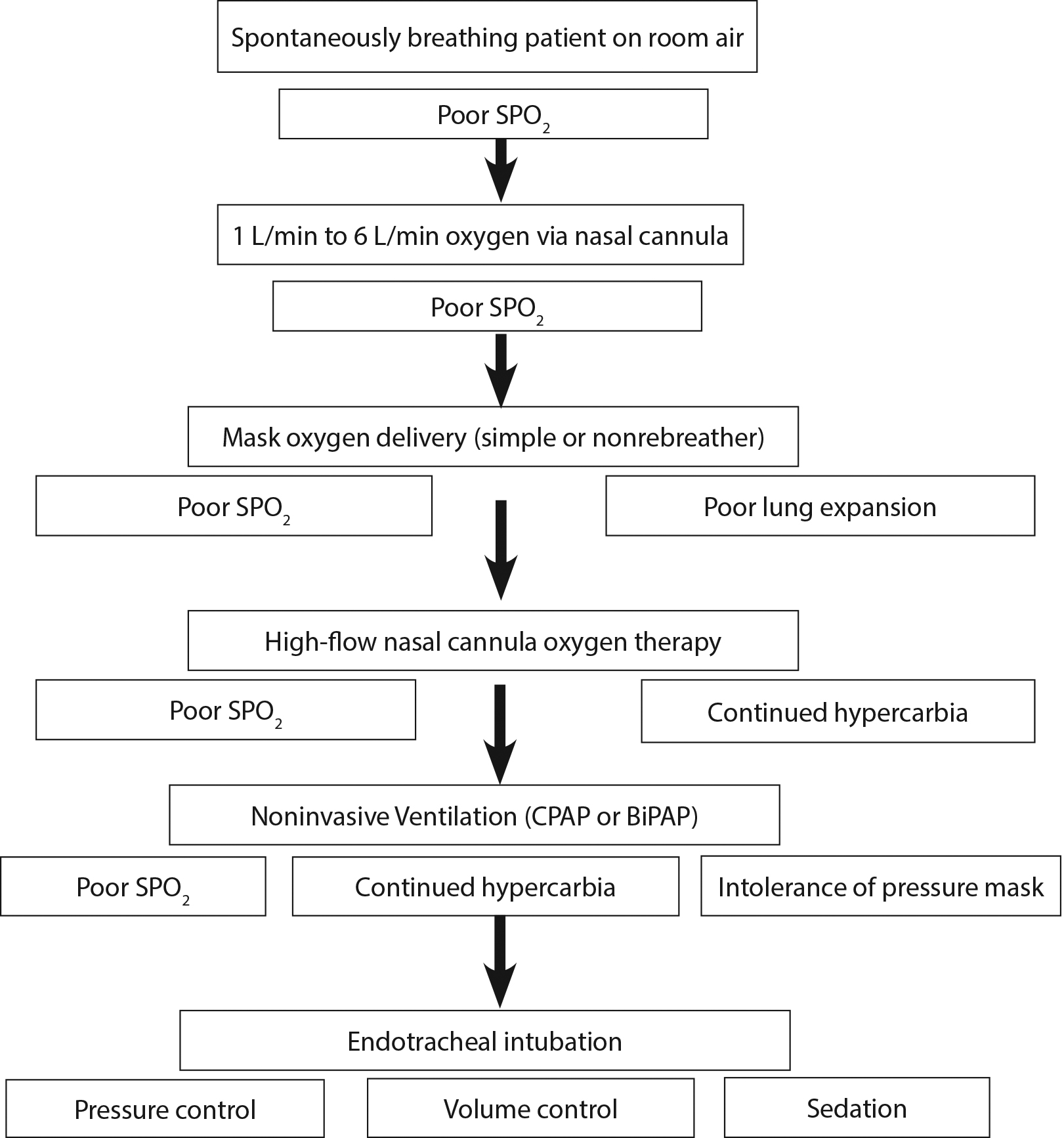
Heated High Flow Nasal Cannula Oxygen Therapy And Noninvasive Positive Pressure Ventilation 2021 01 06 Relias Media Continuing Medical Education Publishing

Heated High Flow Nasal Cannula Oxygen Therapy And Noninvasive Positive Pressure Ventilation 2021 01 06 Relias Media Continuing Medical Education Publishing

High Flow Oxygen Therapy Ppt Video Online Download

Noninvasive Respiratory Support Emcrit Project

High Flow Nasal Cannula Oxygenation Utilization In Respiratory Failure European Journal Of Internal Medicine

Rt Clinic Heated High Flow Cannula Youtube

Examples Of Perinatal High Flow Cannulas A Fisher Paykel Premature Download Scientific Diagram
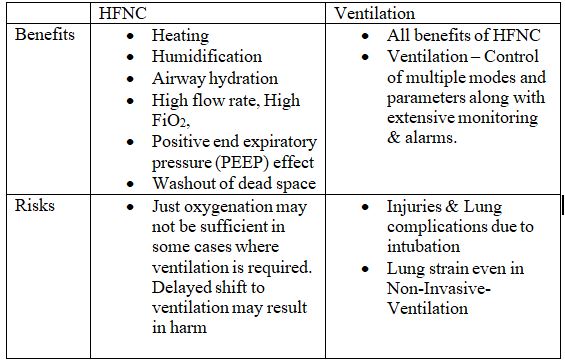
Difference Between High Flow Oxygen Therapy And Ventilator


